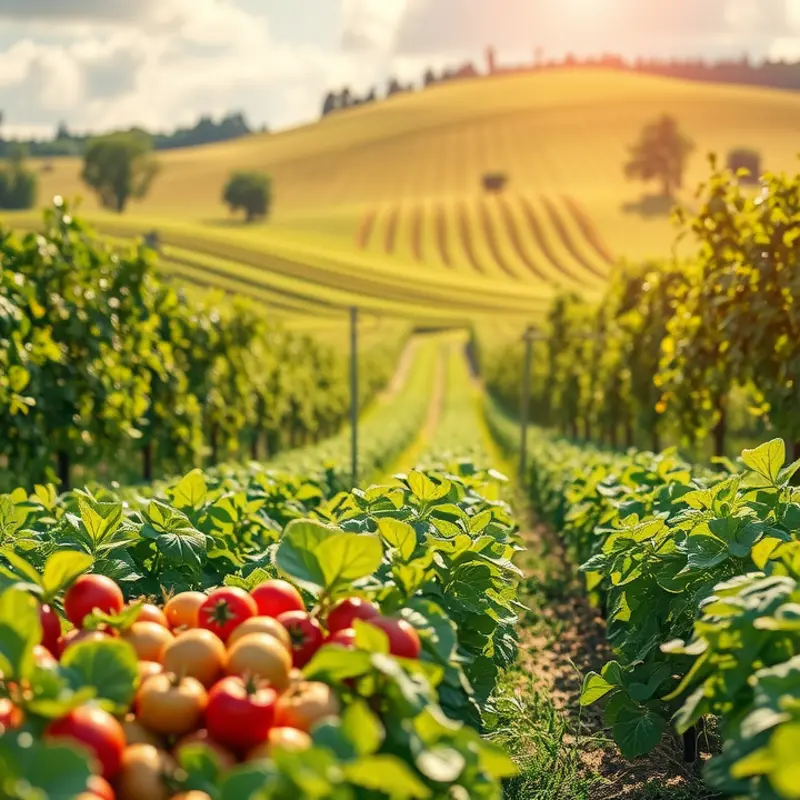A delightful bowl of pasta is a beloved comfort food, but clumpy noodles can ruin the experience. Whether you’re an experienced chef or just starting out, mastering the art of cooking pasta without clumping is essential. This guide offers clear, simple tips you can implement in your kitchen, ensuring perfect pasta every time. Get ready to elevate your pasta dishes from ordinary to extraordinary!
Choosing the Right Pasta

Selecting the right kind of pasta is the first step towards achieving a perfect, non-clumpy dish. Each variety of pasta has a unique shape and texture that influences how it interacts with sauces and other ingredients. Understanding these characteristics can help avoid clumping.
Long, thin varieties like spaghetti and fettuccine are more prone to sticking together. Their surface area allows them to cling to one another, especially when cooked without sufficient water or stirring. If your chosen sauce is oil-based or light, thinner pasta is appropriate. To minimize clumping, stir the pasta briskly after submerging it in boiling water and ensure adequate water volume.
Short, tube-like pasta such as penne or rigatoni are less likely to clump due to their unique shapes. Their hollow centers and ridged surfaces hold sauces well, allowing for a steadier coating and less chance of sticking. Opt for these shapes when making hearty, chunky sauces. They are structurally equipped to handle more substantial toppings. You can find more practical advice on minimal kitchen prep ideas that integrate seamlessly with these pasta types.
Shell-shaped varieties, like conchiglie, showcase a naturally non-stick attribute. Their curved shape provides space for the sauce to nestle, distributing it evenly through the dish. This configuration prevents individual pieces from sticking together, allowing them to remain distinct even with dense sauces. Choose shell varieties when preparing baked pasta dishes or creamy compositions.
Pasta made from alternative ingredients—like lentils or rice—also affects cooking behavior. These substitutes can have different surface starches that impact adhesiveness. While gluten-free pasta tends to clump more easily, rinsing it briefly after cooking can help. Some varieties benefit from being cooked slightly al dente, maintaining structure and minimizing stickiness.
The semolina flour used in traditional pasta can also play a role in cooking performance. This high-gluten flour yields a firmer, springier texture upon cooking, often resulting in a better separation of strands or pieces. If you’re dealing with cooking larger quantities, consider opting for semolina-based pasta for its resilience.
Finally, the choice between fresh and dried pasta is significant. Fresh pasta, typically made with eggs, provides a more delicate texture but can clump if left unattended. It’s crucial to monitor fresh pasta closely during cooking to avoid tangling. Dried pasta offers better resistance to sticking and suits dishes that require longer cooking times.
Matching the right pasta shape and composition with the intended dish is an art that can elevate your cooking experience. Understanding the distinct characteristics of each type allows for informed decisions, significantly improving your chances of a clump-free outcome.
Cooking Techniques to Prevent Clumping

To achieve perfectly cooked pasta, a few essential techniques can make all the difference. Let’s delve into crucial steps like properly salting the water, ensuring ample water for boiling, and expertly stirring the pasta. These methods will help prevent clumping and maintain the desired light and fluffy texture of your pasta.
Properly Salted Water: Salting the water is a non-negotiable step in cooking pasta. It enhances the pasta’s flavor and prevents stickiness. Use about a tablespoon of salt per gallon of water. Though it might seem like a lot, most of it will not be absorbed, but rather left in the water.
Ample Water Quantity: Ensure you use plenty of water when boiling pasta. A good rule is about 4 to 6 quarts per pound of pasta. This allows the pasta to move freely, reducing the chance of it sticking together. Avoid overloading the pot with pasta, as this will drop the water temperature and prolong the cooking time.
Early and Frequent Stirring: Stirring pasta is crucial, especially in the early stages of cooking. After you’ve added the pasta to boiling water, stir immediately for the first two minutes. This helps separate the pasta and brings a uniform texture. Continue to stir occasionally throughout the cooking time. This prevents clumps from forming and ensures even cooking.
Oil Considerations: While some suggest adding oil to the water, it’s not always necessary and can prevent sauces from adhering well to the pasta. Trust in your stirring technique and ample water to do the job. Consider this subtle touch an opportunity to perfect pasta that holds its sauce beautifully.
Timing Sauces: When combining pasta with sauce, timing is everything. Ideally, pasta should finish cooking just as your sauce is ready. To prevent clumps, drain the pasta while it’s al dente and immediately toss it into the sauce. This allows the pasta to absorb the flavors, ensuring a cohesive dish rather than pasta sitting separately on a plate.
Pasta Water for Extra Mixing: It’s beneficial to reserve some pasta water before draining. This starchy, salty water can be added to your sauce to achieve the desired consistency. A little splash can help bind the sauce to the pasta for a glossy finish and enhanced flavor.
By focusing on these techniques, you can transform your pasta-making into a skillful art. These steps may require a bit more attention at first, but ultimately, they will become second nature, leading to consistently excellent results. For more about sauce preparation and pairing, you might explore easy sauce simmering techniques that complement various pasta dishes beautifully.
Final words
Achieving perfectly cooked pasta is within every home cook’s reach. By choosing the right type of pasta and employing effective cooking techniques, you can prevent clumping and enhance your dishes. Remember that salt is your friend, ample water is essential, and never underestimate the power of stirring. With these tips, you’ll impress family and friends with pasta that’s not only delicious but also beautifully presented. Enjoy exploring various pasta varieties and recipes as you become more confident in your cooking skills!







